A Comprehensive Research Paper on BIM Applications in Construction
VerifiedAdded on 2023/06/05
|5
|841
|456
Report
AI Summary
This research paper examines the application of Building Information Modeling (BIM) within the construction industry. It begins with an overview of BIM, defining it as a process for managing and generating digital representations of construction projects, facilitating interoperability and information exchange. The paper then delves into the evolution of BIM from traditional 2D drawings to 3D and 4D models, including attributes, relations, and shapes. It explores BIM's lifecycle, including facility operation, construction management, and project management, and highlights the benefits such as improved coordination, collision detection, and smoother workflows. Furthermore, the paper discusses the barriers to BIM adoption, such as technological competency and cost. The paper also mentions the different BIM software tools. The research concludes with a recommendation for further implementation of BIM to improve efficiency in construction projects. References to relevant literature are also included.
1 out of 5
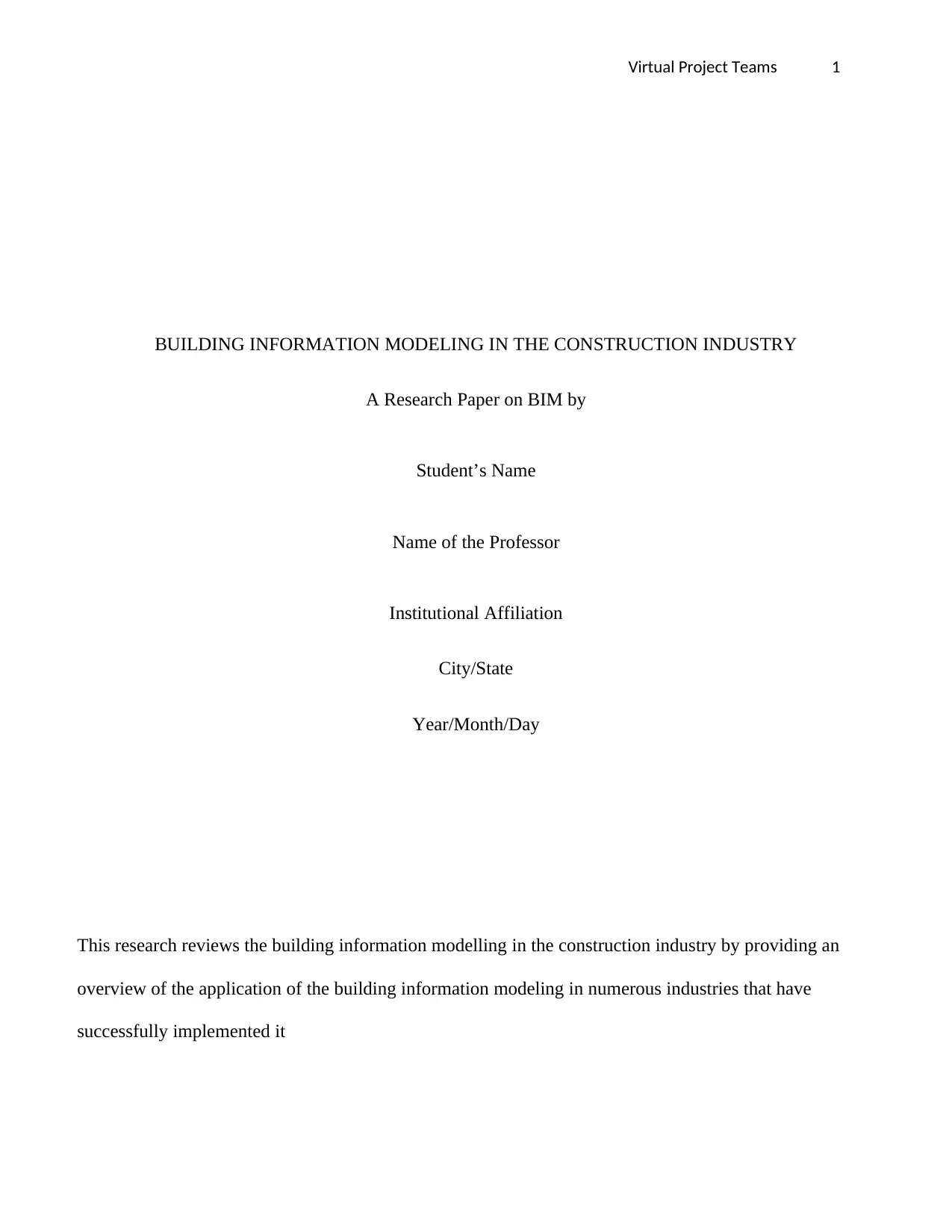
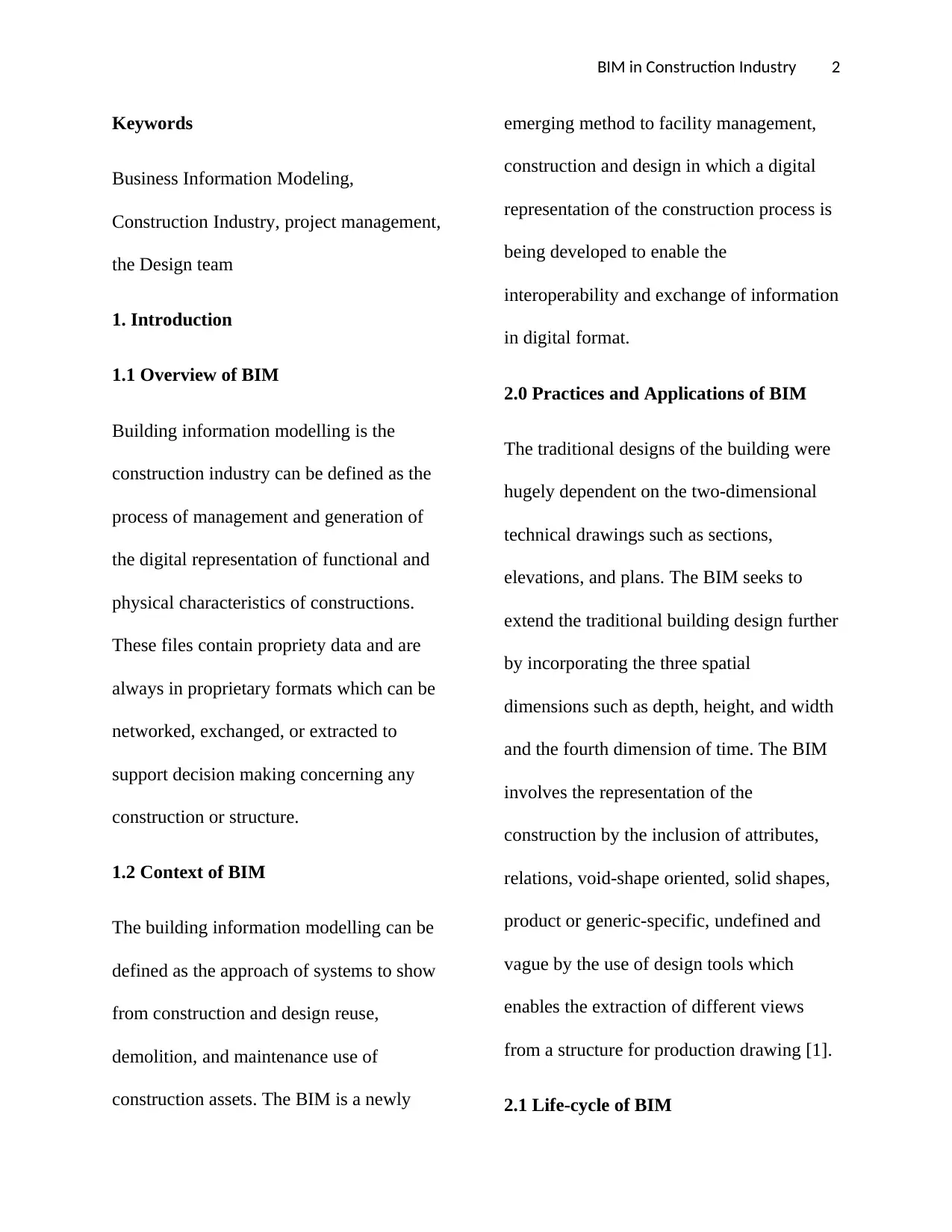
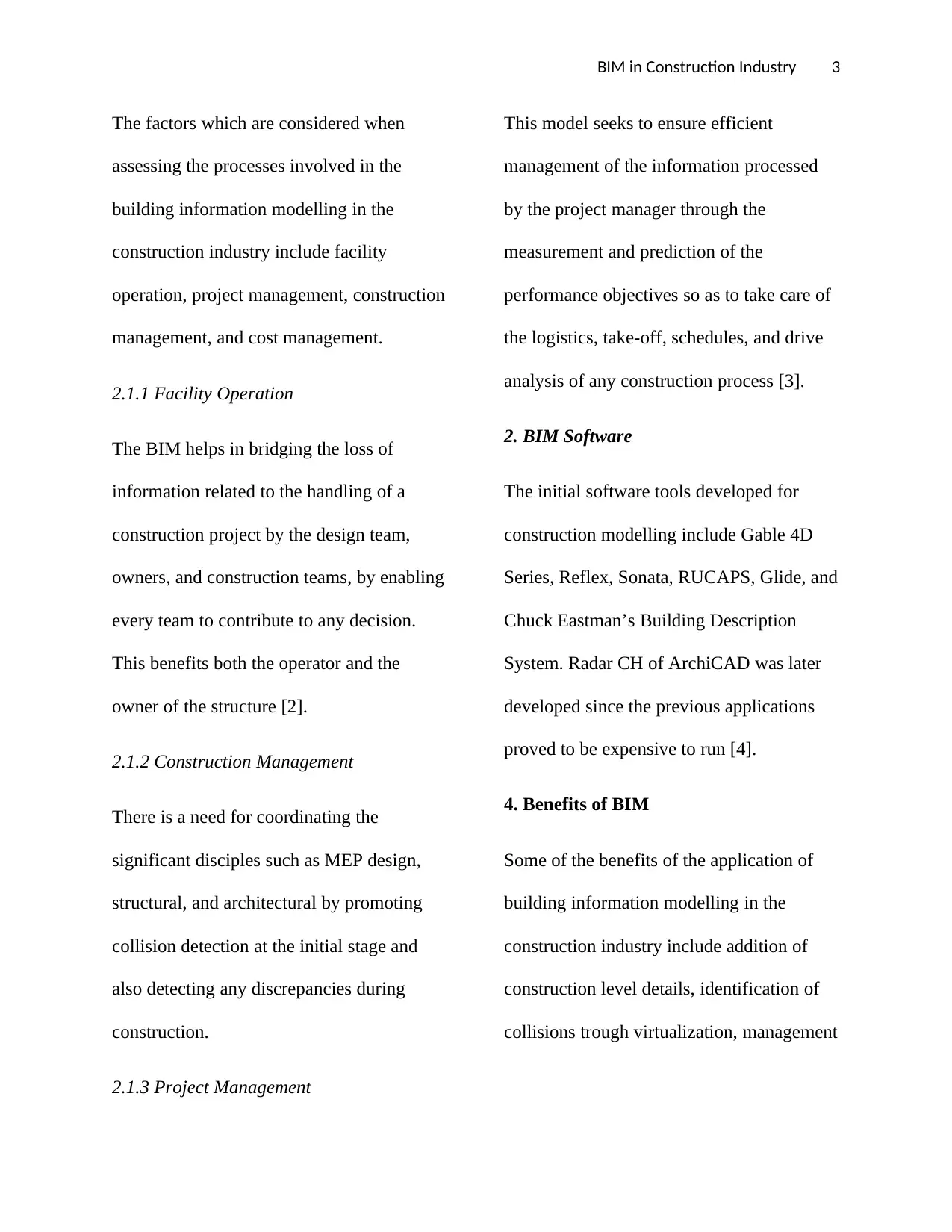

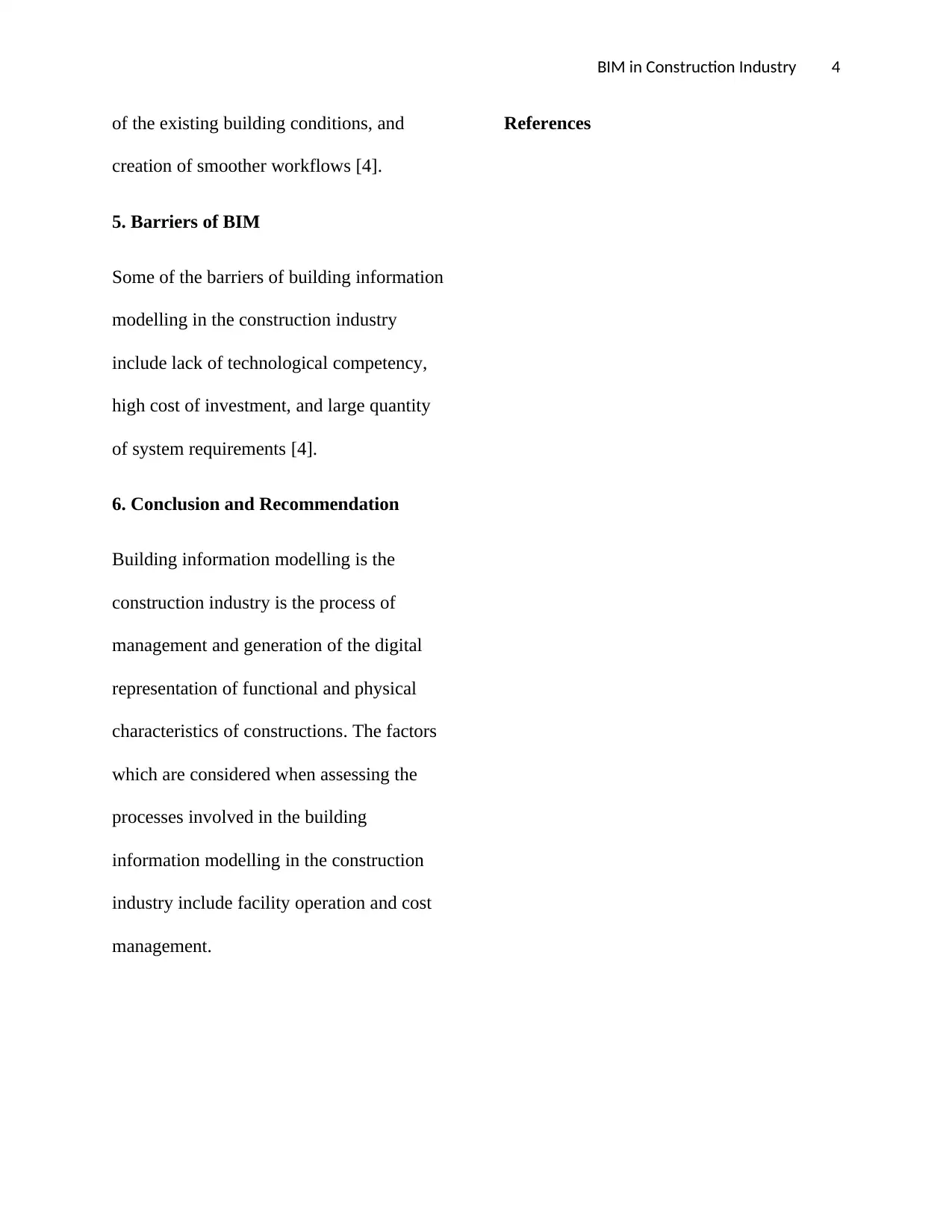
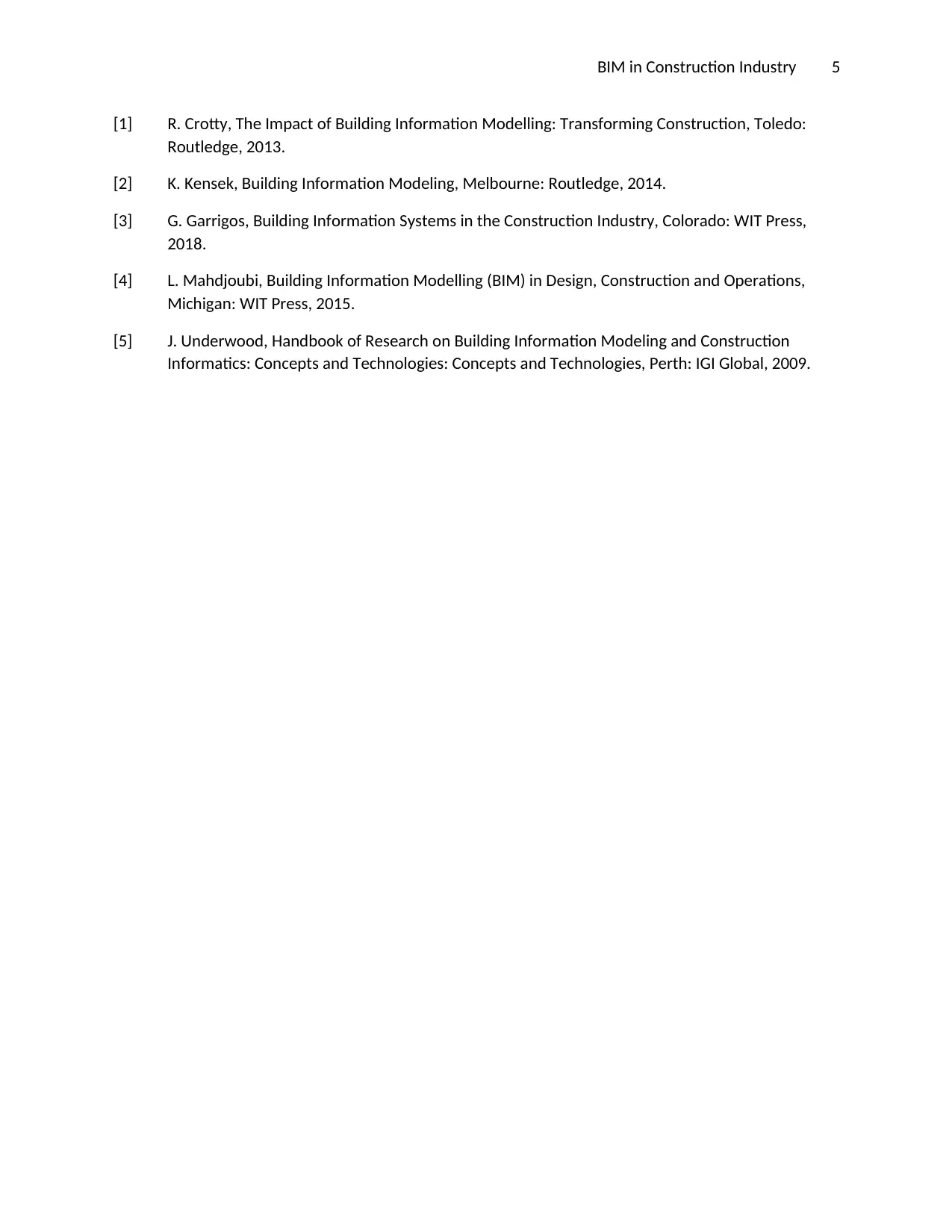






![[object Object]](/_next/static/media/star-bottom.7253800d.svg)